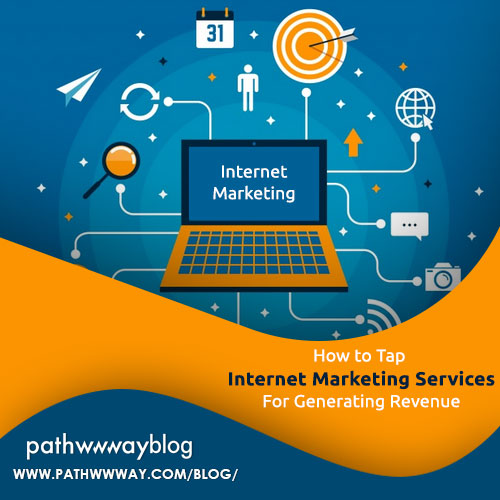Five Custom Web Design Solutions to Increase Time on Page
If
you think speeding up the load time of your site is not important, it’s time to
re-evaluate this. Even a 1-second delay in page load times yield 11 per cent
fewer page views. Some more extra seconds could impact the ability to engage
with visitors and make the sale. Slow loading page time is not the only feature
of web design that can kill conversions and decrease time on page, though. Here
are 5 custom web design solutions from Pathwwway Ltd to increase time on page.
- Increase Website Speed
A
slow site is the reason your brand does not gain momentum. Close to 47 per cent
of customers expect websites to load in 2 seconds or less. Around 40 per cent
abandon a page taking 3 or more seconds. If a site takes more than 3 seconds
for loading, you could lose nearly 50 percent of your visitors before they
arrive on the site.
This
creates a problem in conversion. Slow load times deters individuals from
returning. In one survey, 79 per cent of clients said that they would not
return to a site that performs badly. Another survey found 52 percent of
shoppers discovered quick-page loading time is critical for site loyalty. Close
to 44 per cent even tell their friends about slow-loading sites.
In
fact, a 1-second delay lowers customer satisfaction by 16 per cent. The faster
a page is, the more likely visitors are to make a purchase. For example,
Walmart experienced a 1-second improvement leading to a 2 per cent rise in
conversions. Google has even experienced a 20 per cent fall in traffic on
account of an additional 0.5 second in loading time.
- Make Your Site Responsive
Another
feature you need to consider is a mobile-first site. Custom web design needs to focus on creating responsive, mobile-friendly sites. As of December 2017, search engines
have ranked all search results based on mobile page versions. Mobile searches
outnumbered desktop searches in 2015 and the number persists in growing since
then.
Mobile
user experience continues to play a vital role in increasing time on page. A
site with ineffective mobile presence not only ranks low, but scores less on
viewership as well. Pages are indexed and ranked based on experience mobile
users seek.
- Make Navigation and Web Design Simple
Another
aspect you need to consider is navigation and web design principles for a
simpler site. As per Yahoo, a majority of the web page’s load time is spent
loading different page parts like scripts, style-sheets and images. An HTTP
request is made for each of these elements, so more on-page components make it
tough for pages to render faster.
Using
benchmarks and simplifying navigation is the key to boosting your visitor’s
time on page. Reducing the requests speeds up the site. Check out how many
requests a site makes, and work on reducing the number. The best way to get
started is through JS, CSS and HTML files. These are extremely critical files,
as they determine the appearance of the site. This also boosts the number of
requests the site makes each time a user visits it.
- Use the Right Colour Themes and Convincing Calls-To-Action
Using
the right colour themes and convincing calls-to-action are the key, too.
Getting your site to appear functional as well as appealing is easier when the
right colour themes are used. Choose strong colours. Research shows that
calls-to-action buttons in colours like red or orange which catch the eye have
a higher click-through rate and increase time on page as well as likelihood of
making the sale.

